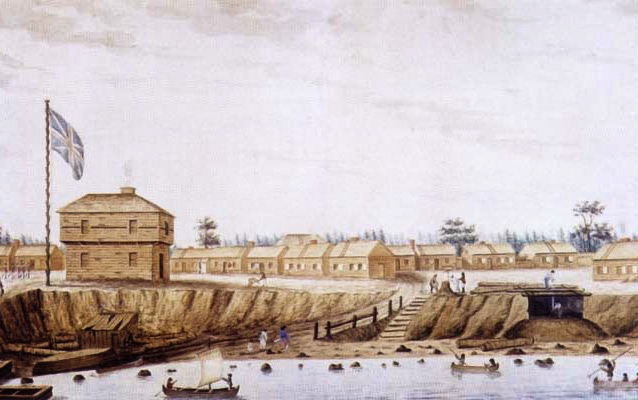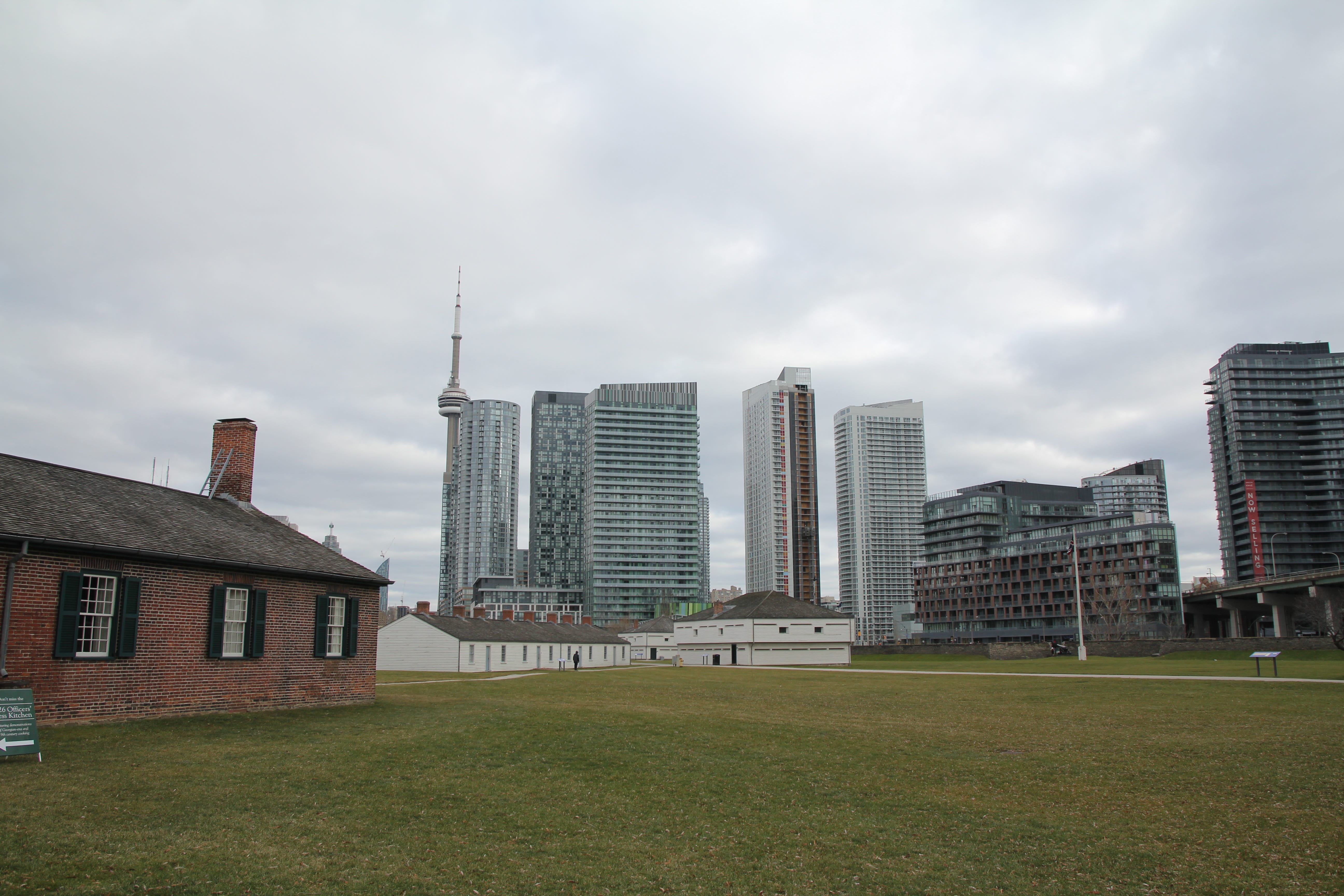Explore the Rich Background of Fort York National Historic Site
Explore the Rich Background of Fort York National Historic Site
Blog Article
Immerse Yourself in the Stories of Ft York National Historic Site at the Gallery
At Ft York National Historic Site, the echoes of background resound through the walls of the museum, supplying a look right into the past that shaped the here and now. From the critical construction of the fort to the day-to-day lives of those that called it home, each artefact and display narrates waiting to be uncovered. As site visitors roam through the museum, they are carried back in time to an age full of stories of sacrifice, strength, and guts. The narratives of military techniques, private point of views, and the continuous conservation initiatives produce a tapestry of interconnected stories that repaint a brilliant image of Ft York's rich heritage.
History of Ft York's Building
The construction of Ft York, a critical armed forces garrison, begun in the year 1793 under the direction of John Graves Simcoe, the Lieutenant Guv of Upper Canada. Located at the entrance of the Toronto Harbour, the fort was tactically positioned to defend the community of York versus prospective American threats complying with the American War of independence.

In spite of encountering difficulties such as rough weather problems and minimal resources, the building and construction of Fort York was finished in 1797. Over the years, the ft played an essential role fit the history of Toronto and Canada, standing as a sign of military stamina and willpower. Today, Fort York stands as a National Historic Site, maintaining the legacy of its construction and the tales of those who protected it.
Life in the Fort
Within the rock wall surfaces of Fort York National Historic Site, daily routines and obligations shaped the lives of the garrison residents. Life in the fort was noted by rigorous schedules and duties. Soldiers stationed at Fort York were entrusted with numerous responsibilities important for the performance of the ft. These duties included guard obligation, maintenance of equipment and tools, drills, and training exercises to make certain readiness for possible conflicts.
Living problems within the garrison were fundamental yet useful. Barracks provided real estate for the soldiers, with shared resting quarters and public locations. Meals were typically easy and offered at certain times to accommodate the daily regimens of the garrison. Regardless of the organized nature of life within the fort, there were additionally moments of camaraderie and recreation. Soldiers engaged in tasks such as card video games, storytelling, and periodic parties to damage the uniformity of armed forces life. Overall, life in the fort at Fort York was a mix of discipline, duty, and short moments of reprieve in the middle of the demands of army service.
Armed Forces Techniques and Defenses
Amidst the daily regimens and regimented life of the garrison inhabitants at Fort York National Historic Website, strategic armed forces preparation and defense reaction played an important duty in safeguarding the fort and its passengers. The fort's armed forces strategies were very carefully crafted to stand up to possible strikes and protect the security of those within its walls. Among the vital protection systems employed at Fort York was the design of the ft itself. Strategically positioned along the shoreline of Lake Ontario, the fort utilized its area to manage accessibility factors and display approaching risks.
In Addition, Ft York's defenses consisted of a system of earthworks, palisades, and purposefully put cannons to hinder adversary pressures. By strengthening the boundary and tactically pointing weapons, the fort can properly resist possible intrusions. The army employees based at Fort York went through rigorous training to ensure they were prepared to implement defensive approaches efficiently.
Noncombatant Perspectives and Contributions
In the historical context of Ft York National Historic Website, civilians played an essential duty through their beneficial contributions and special perspectives to the fort's procedures. While soldiers concentrated on protection and armed forces strategies, private citizens living within or near Ft York brought varied skills and knowledge that were vital for the ft's functioning. Noncombatant vendors, craftsmens, and laborers given products and solutions critical for day-to-day live at the fort. Their competence in professions such as food preparation, woodworking, and blacksmithing guaranteed that the fort was well-appointed and lasting.

Tradition and Preservation Efforts
Civilians' significant payments to Fort York National Historic Site have actually left a long-term heritage that remains to be protected with committed efforts and initiatives. The legacy of Fort York is maintained through meticulous preservation strategies focused on preserving the website's historic relevance for future generations. Preservation initiatives consist of continuous upkeep of the ft's structures, remediation projects to ensure historical accuracy, and educational programs that promote the site's heritage.
To safeguard the tradition of Fort York, preservationists collaborate with chroniclers, excavators, and preservation specialists. These collaborations assist in the execution of best techniques in heritage preservation, making sure that the site's stability and authenticity are maintained. In addition, fundraising campaigns and area engagement initiatives play a vital function in supporting conservation undertakings at Ft York.

Final Thought
Finally, Ft York National Historic Site offers an abundant tapestry of tales covering from its building to its tradition. Fort York National Historic Site Schedule. The background of the garrison, military techniques, private viewpoints, and conservation efforts showcase the significance of this site in Canadian history. Visitors can submerse themselves in the past through numerous exhibitions and interactive experiences, getting a Your Domain Name deeper understanding of the individuals and occasions that shaped Fort York
Soldiers pointed at Fort York were charged with numerous responsibilities crucial for the functioning of the ft.Amidst the everyday regimens and self-displined life of the garrison residents at Ft York National Historic Website, calculated military planning and defense devices played a critical function in safeguarding the ft and its residents. One of the crucial defense devices employed at Fort York was the design of the ft itself.In the historic context of Fort York National Historic Site, private citizens played a critical duty via their beneficial contributions and distinct viewpoints to the fort's procedures. While soldiers concentrated on defense and army methods, civilians residing within or near Ft York brought varied abilities and knowledge that were vital for the fort's functioning.
Please visit one of our local supporters - Profix Macbook Repair Services In Toronto
Report this page